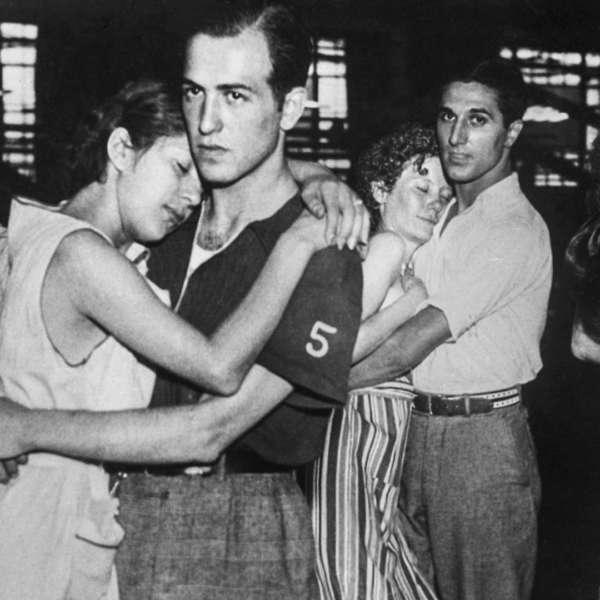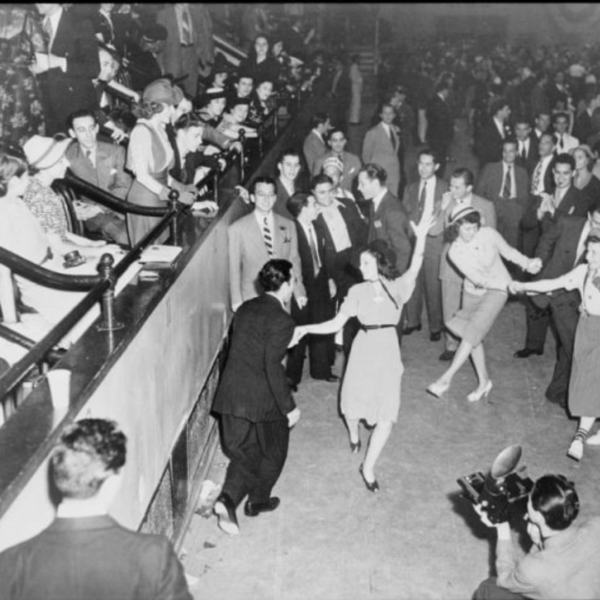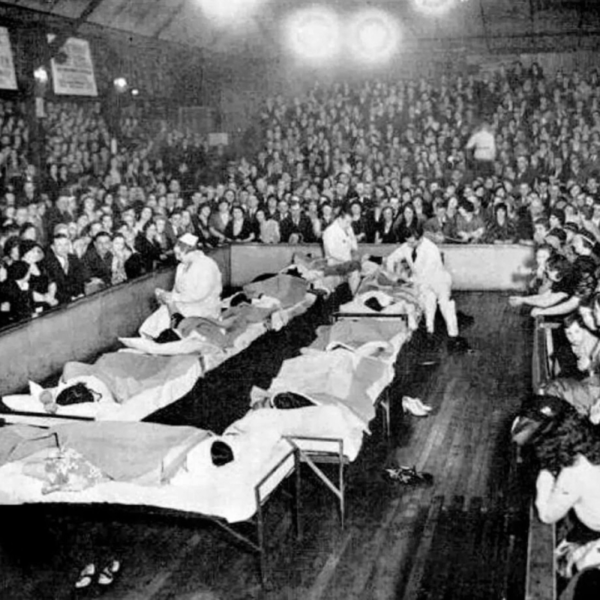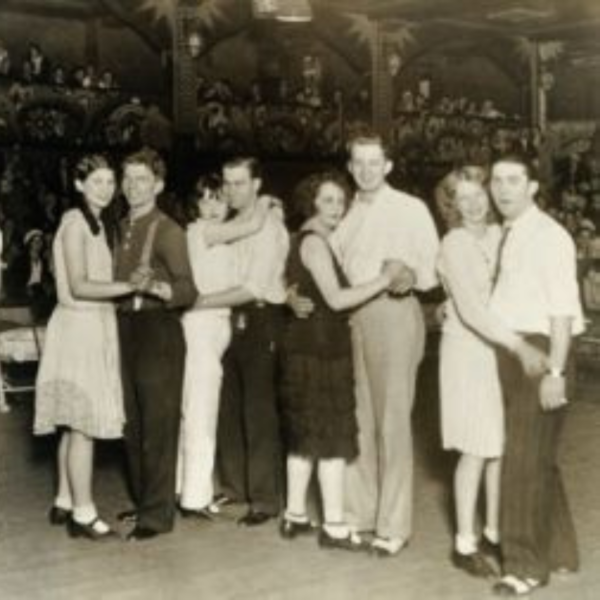Dance marathons used to be a popular form of entertainment in the United States. These events featured couples dancing for extended periods of time, vying for cash rewards. While the marathons gained popularity, concerns arose about exploiting dancers who suffered exhaustion, dehydration, and even injuries.

Dance fever initially struck in 1923 when Alma Cummings, a dance instructor, set a record by dancing for 27 consecutive hours with six partners at New York’s Audubon Ballroom. This spurred a wave of similar attempts, breaking the record numerous times in the following weeks.
By the 1930s, dance marathons surged in popularity. These events offered food and shelter to participants and viewers, coupled with cash prizes equal to a year’s wages. Attendees only had to pay a small admission fee which added to the draw.

Marathon rules were straightforward: contestants had to remain upright with constant foot movement. Every few hours, they earned 15-minute rest breaks, sometimes on wheeled beds for the audience’s viewing pleasure.
Smelling salts were used to wake up contestants, or some were slapped or thrown in ice-water baths if they didn’t respond.

In April 1923 Homer Morehouse, aged 27, collapsed and died after dancing for 87 hours. This led to an immediate ban on dance marathons in Boston, followed by Los Angeles.
In 1928, Gladys Lenz of Seattle attempted suicide after completing a dance marathon where her partner, suffering from sleep deprivation, punched her. Seattle banned dance marathons within the year, followed by New Jersey.

Presently, Guinness World Records monitors dance marathon attempts, allowing frequent rest breaks for safety. Participants earn five minutes of rest for every hour of continuous dancing, accumulating if unused. No one under 16 is allowed to attempt the record.

In June 2023, 16-year-old Srushti Sudhir Jagtap from India achieved the longest individual dance marathon, a crazy 127 hours!

